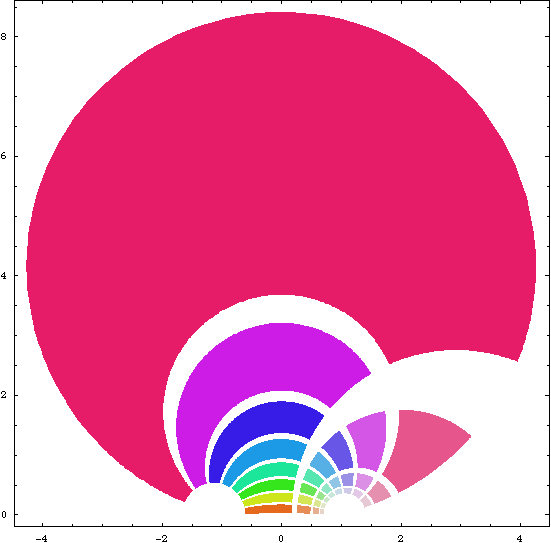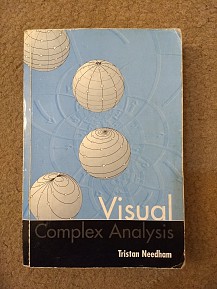Understanding Complex Numbers

when younger, i studied quite a lot math. Basically live and sleep in it for about 7 years. Had lots of spine-chilling experiences. I recall, one of them is the fundamental theorem of calculus. Then there's the concept and proof of orders of infinity (For example, countable infinity and not), algebraic number, group theory, then, there's concepts of open interval, closed interval and bounded/unbounded (btw, you should understand this well. It's in your calculus course. Understanding open/closed/bounded/unbounded lies at the root to half of the rest advanced math of the analysis branch (For example, topology, higher dimentional space, convergence.).) …
there's one thing i couldn't readily accept. That is, complex numbers, the imaginary number, the number of departed soul.
they say, it's Sqrt[-1], which is hard to swallow. Then, they say, it's invented to solve x^2==-1, which is
a convenient fiction of history.
but, after a decade, sometimes in early 2000s, i studied math again, on complex numbers, and finally i understood it well. It is, due to geometry.
in my tainted opinion, never try to think of complex number as Sqrt[-1]. Rather, it's simply just a pair of numbers. That is, think of the complex number a+b*ⅈ as a vector {a,b}. The normal operation of addition/subtraction of complex number is the same as addition/subtraction of vectors, and is easy to understand and intuitive. The only thing different from vector is that there's multiplication for complex numbers. But, that's easily understood if you think of it as vectors. Multiplying 2 complex numbers is simply adding the angles of these 2 vectors, and multiplying their length.
once you understood complex numbers from geometry point of view, then, you can think of Sqrt[-1] or ⅈ simply as a short notation for {0,1}.
(the idea of complex number as a pair of numbers in a plane is due to Caspar Wessel (1745 to 1818), and later also by Jean-Robert Argand (1768 to 1822) and later by Gauss (and perhaps thus popularized it). Complex numbers wasn't accepted by mathematicians back then. It was the geometric interpretation, that historically made complex number acceptable to mathematicians.)
for a basic tutorial of the geometric view, see: Coordinate Transformation
also, highly recommended:
 Visual Complex Analysis by Tristan Needham
Visual Complex Analysis by Tristan Needham